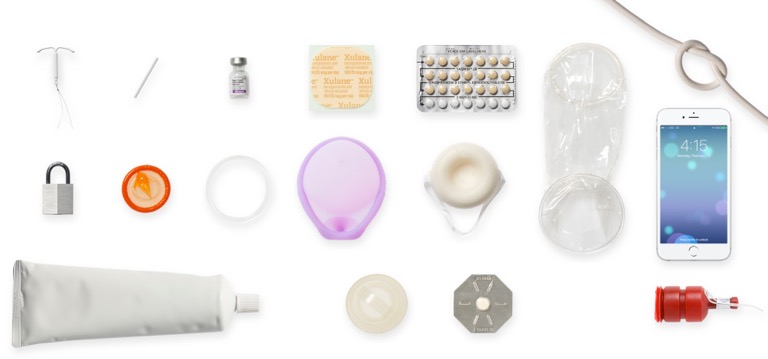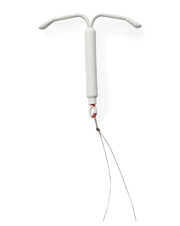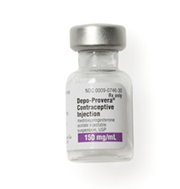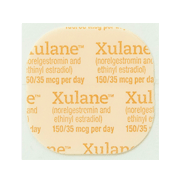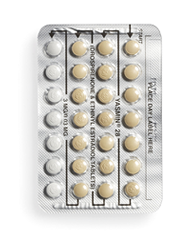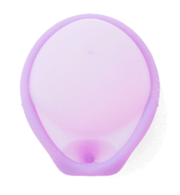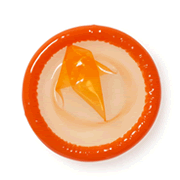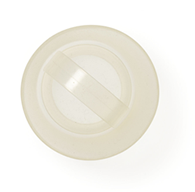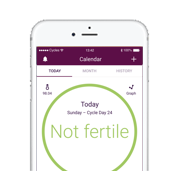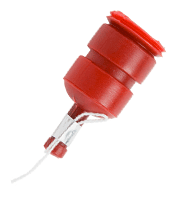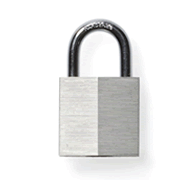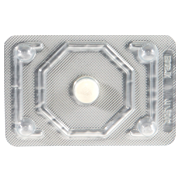Opening a Conversation Around PMDD, IUDs, and Mental Health

"It was hard for me to believe that I might need help."
In the late Fall 2020 I had my first wild mood swings. I’d have enough energy for a morning run, but by noon, the tiniest of obstacles could send me into a furious spiral. Other times, I could have easily spent days in bed, subsisting on a diet of only cereal. Then suddenly, I’d feel great, even though seemingly nothing in my environment had changed.
I ignored these unpredictable mood changes for a while and avoided telling anyone what I was struggling with. It was hard for me to believe that I might need help.
It wasn’t until I hopped on the phone with an old friend of more than 10 years that I realized something needed to change. Opening up to her about my mood swings was not only a huge relief; it highlighted for me just how much I had been pushing my mental health struggles to the back of my mind. My experience struck a familiar chord with my friend. She was the first person to mention to me pre-menstrual syndrome (PMS) and its scary-sounding cousin, premenstrual dysphoric disorder, or PMDD.
People who menstruate might be familiar with cyclical mood changes that are standard issue with average PMS. But I had never experienced mood swings with my cycle, or if I had, they didn’t interfere with my daily life. I also don’t have one of those regular, calendar-friendly, wrap-it-up-in-a-bow menstrual cycles due to my long-time use of the lifesaving, game-changing hormonal IUD (which you can get for free or at a low-cost at your nearest The Right Time health center).
When I say I love my birth control, I am not exaggerating. Pre-IUD, I had debilitating cramps and myriad other terrible physical symptoms every month. The IUD changed that for the better, all while keeping me baby-free. I had assumed (incorrectly) that because the IUD helped with the physical symptoms, it would alleviate any mental symptoms too. My friend encouraged me to start by talking to a primary care doctor or OB-GYN, as she had done, to find out if the mood swings could be related to my cycle.
The doctor I spoke to was super patient and listened intently as I stumbled my way through an explanation. She said that the symptoms I was experiencing were consistent with PMDD. She also explained it’s possible to have PMDD with a hormonal IUD and without a regular cycle.
The doctor also reassured me that PMDD is treatable. With my mind at ease thanks to positive, open conversations with my friend and my doctor, I was able to take better control of my health. Mental health and physical health are intimately connected, and I’ve learned the importance of treating mental health issues with the same level of concern I’d give to any health problem, such as diabetes or back pain.
There is still a lot of stigma when it comes to talking about mental illness, and by opening up to friends and family, I realized that I’ve been using this stigma to judge myself pretty harshly. Speaking openly and honestly with trusted peers, family, and health care professionals has helped me find my way through a challenging situation. I just had to be brave enough to start the conversation.
Related Content

Article
What Should I Do After I Get Diagnosed with an STI?Getting an STI doesn’t change who you are.

Article
How Can I Take Care of My Breast Health?Keeping up with routine preventative health visits can help catch any changes early.

Article
What Do I Do if I Forget to Take My Birth Control Pill?Here’s what you need to know to stay protected.

Article
September Is National Sexual Health Month — Here’s Why It MattersTaking care of your sexual health can look different for everyone.


